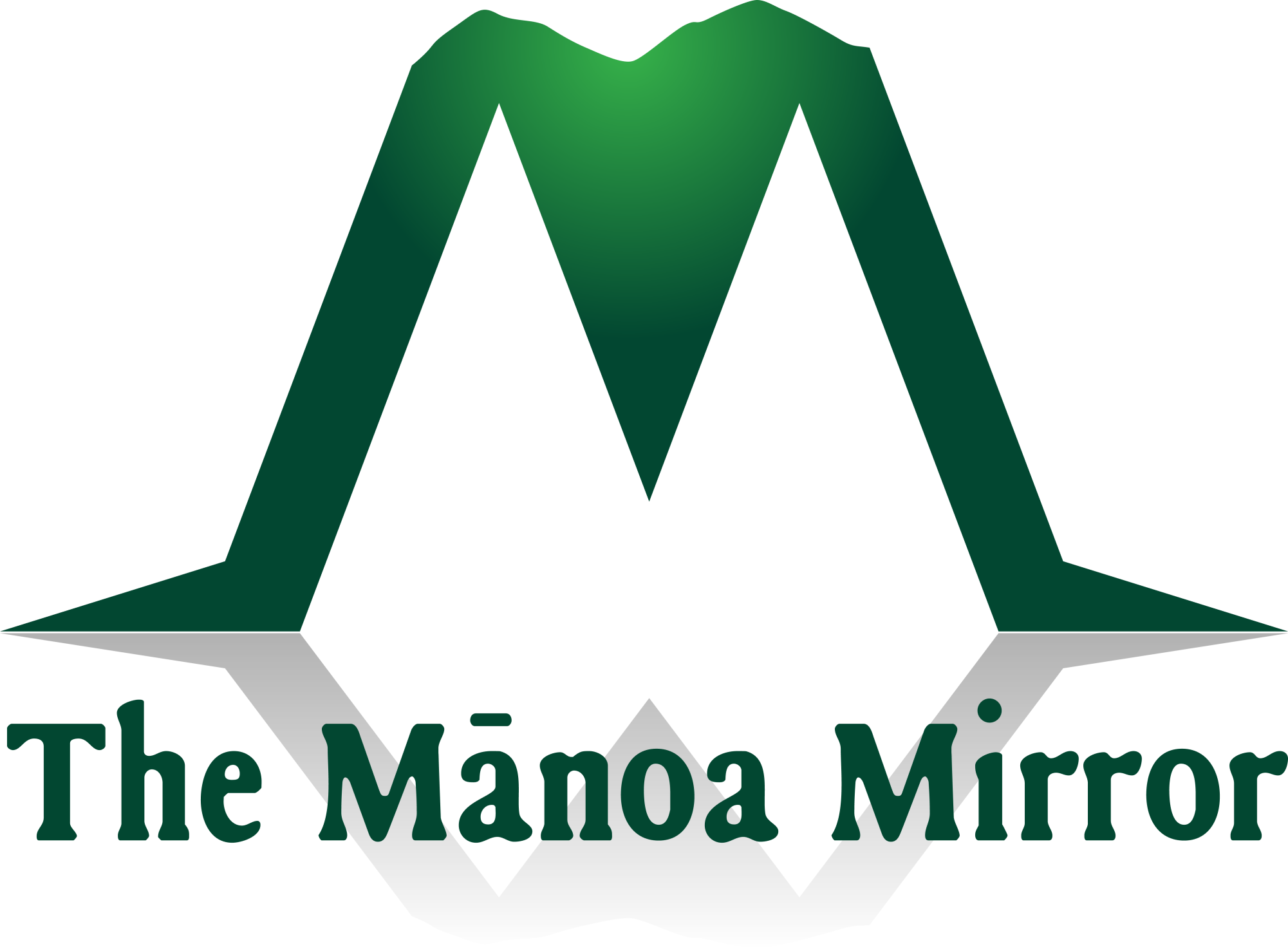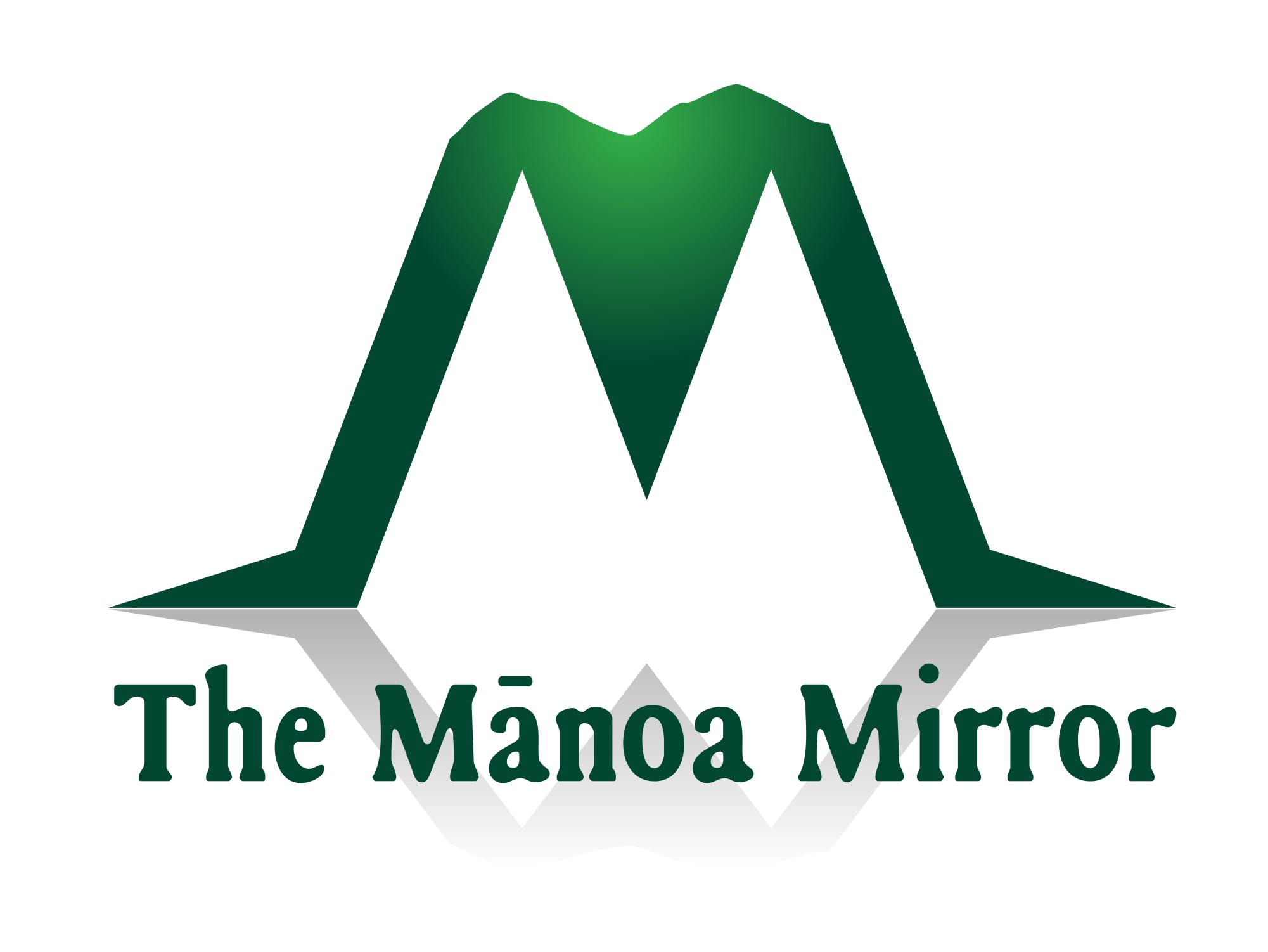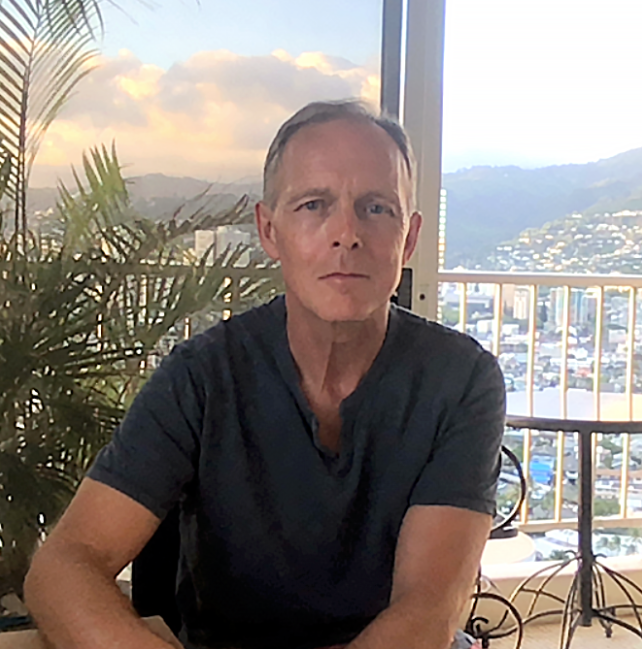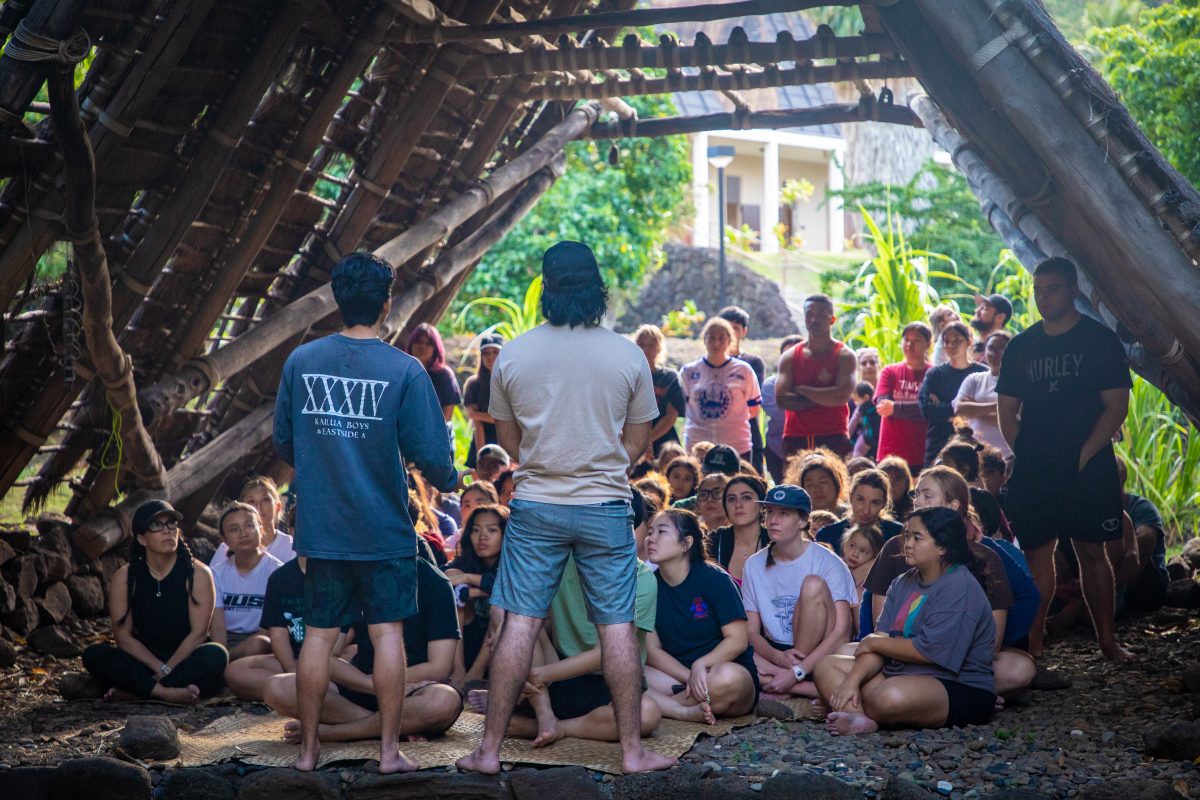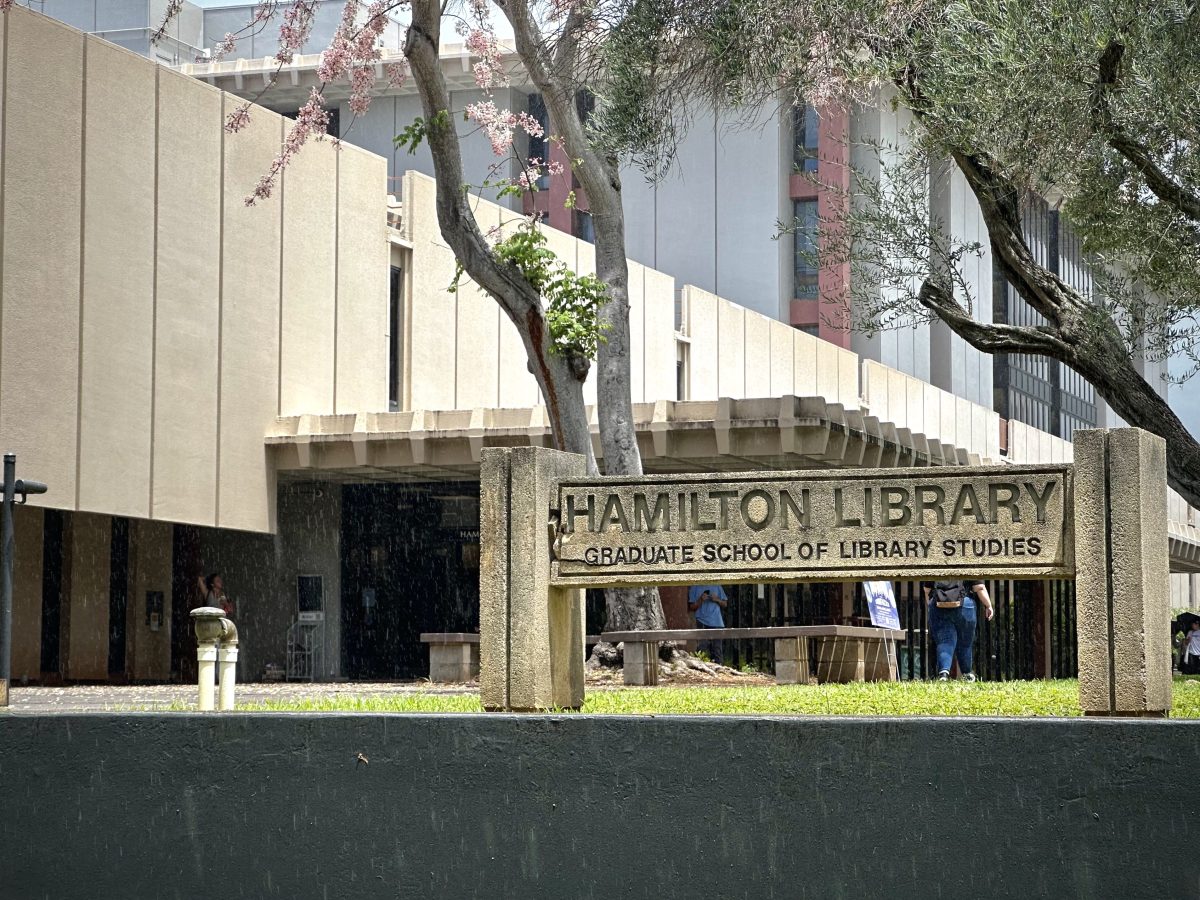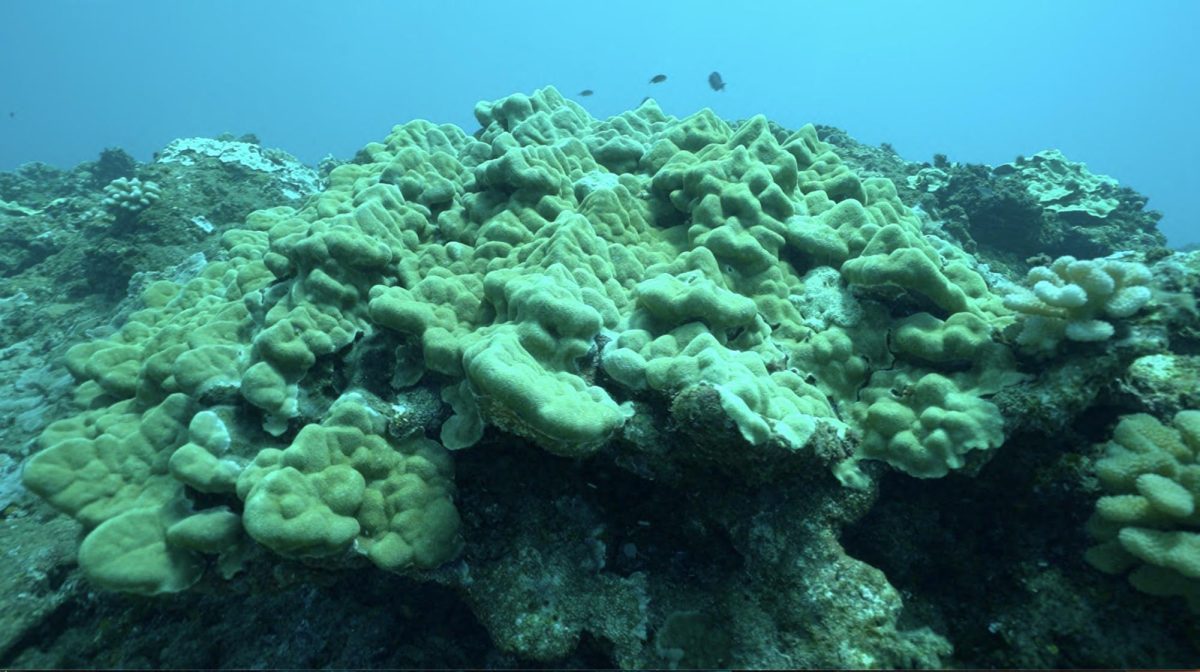Professor Kevin Nute’s recently published book discusses the idea of integrating an abstract idea such as time, into built spaces, with digestible examples and strategies for practicing designers in terms through the past, present, and future.
There was “a book written in the ’70s that had a big impact on me called, ‘What Time is This Place,’ by Kevin Lynch,” Nute said. “I have had an interest in time in built environments since I was a student, and the main reason is because architects talk all the time about space, and they rarely engage in time. … That’s the complete inverse of what the public or even architects do in their private life. Time occurs at least seven times more often than space in written English.”
Nute spent much of his early career in Japan, where his interest in time kept reappearing through his various studies throughout traditional Japanese architecture. He has also published several other books, one in 2018, that was in its own way about time, but Nute found that the idea still was undervalued throughout Western architecture.
“This is a very important book, shortlisted for the Architectural Book Awards in 2024,” said William Chapman, dean of UH Mānoa’s School of Architecture. “Professor Nute brings a unique point of view to this study of architecture and time. A scholar of the engagement of Japanese and Western architecture, Kevin has studied on the impacts of Frank Lloyd Wright on Japanese Architecture and conversely, Japan’s continuing influence on the West. This work encapsulates many years of investigation of architectural experience.”
Writing also has become a surprisingly important part of Nute’s career, as he never intended it to be, he said.
“I realized I could write and had something to say, and that might be a more effective way for me to affect the architectural profession than to struggle in practice frustrated,” Nute said. “When you write a book, more or less, you can write what you think, and there’s great satisfaction in that, but there’s something pure in that you can say, ‘I did my best,’ and move on to the next thing. That’s rarely the case in architectural practice. By teaching and writing, I at least tell myself that I have a bigger impact on the architectural profession than if I was simply in practice myself.”
The three parts of Nute’s book delve into constructions of the human mind, one of his favorite parts being the middle part or present.
“I’m quite proud of the section on the present, because it overlaps with things like mindfulness and the idea of being here and now and not in the past and future,” said Nute. “The past and the future are very useful. Recollection and anticipation are enormously helpful, and without them, we would not be able to navigate the world, but like many tools that we have, it can be overused. So too much memory, too much recollection are things we can no longer change. You can learn from the past, but you can’t change the past.”
